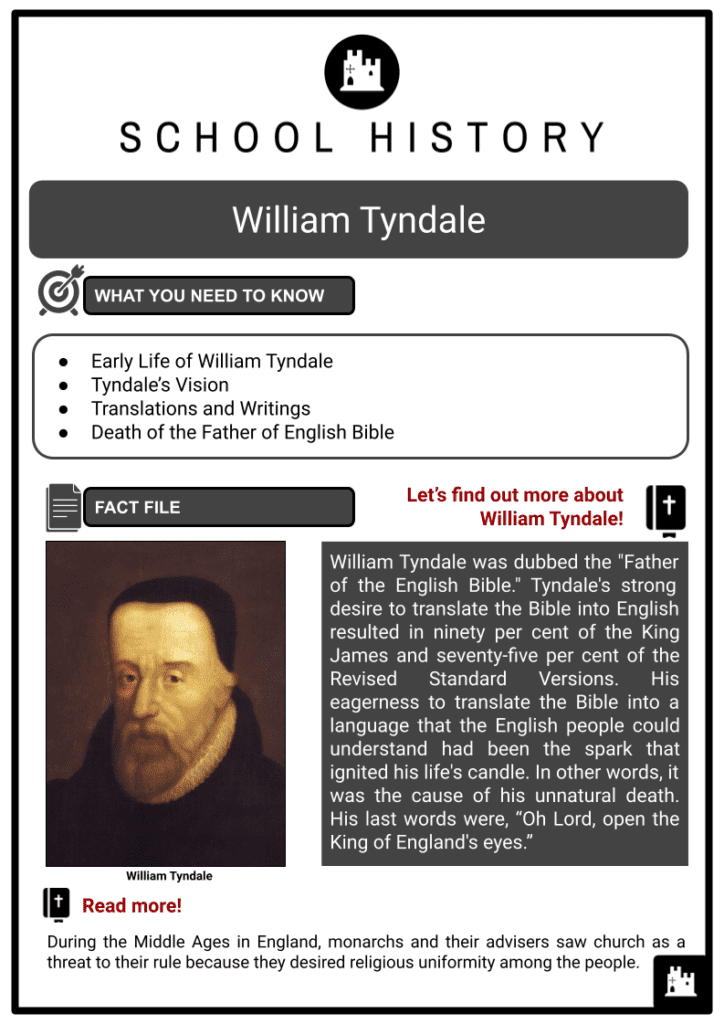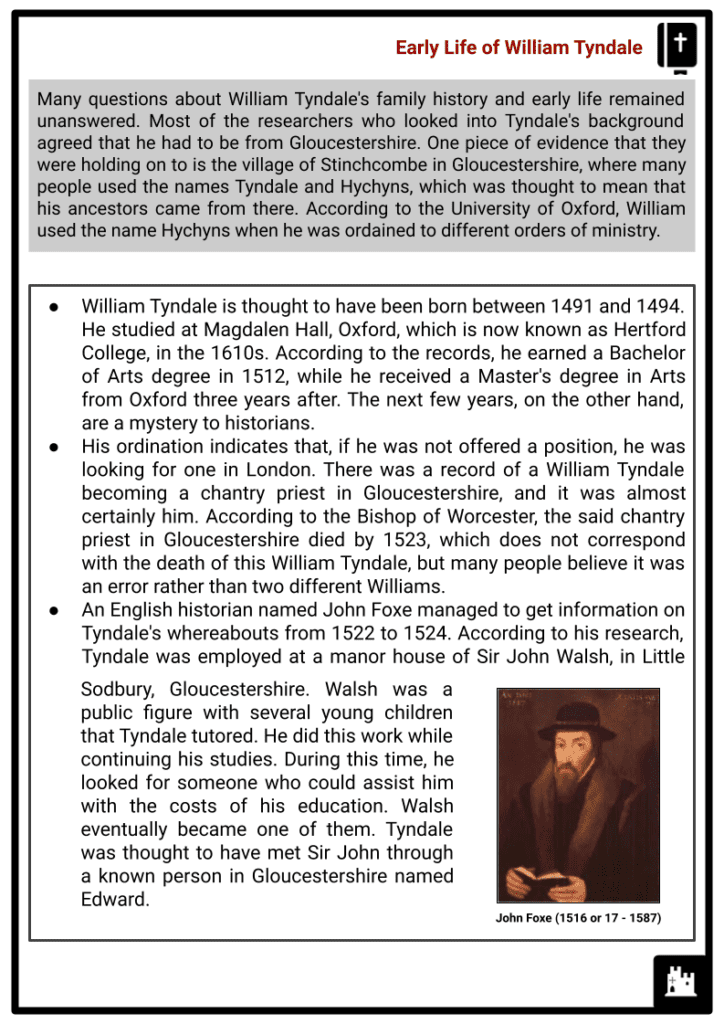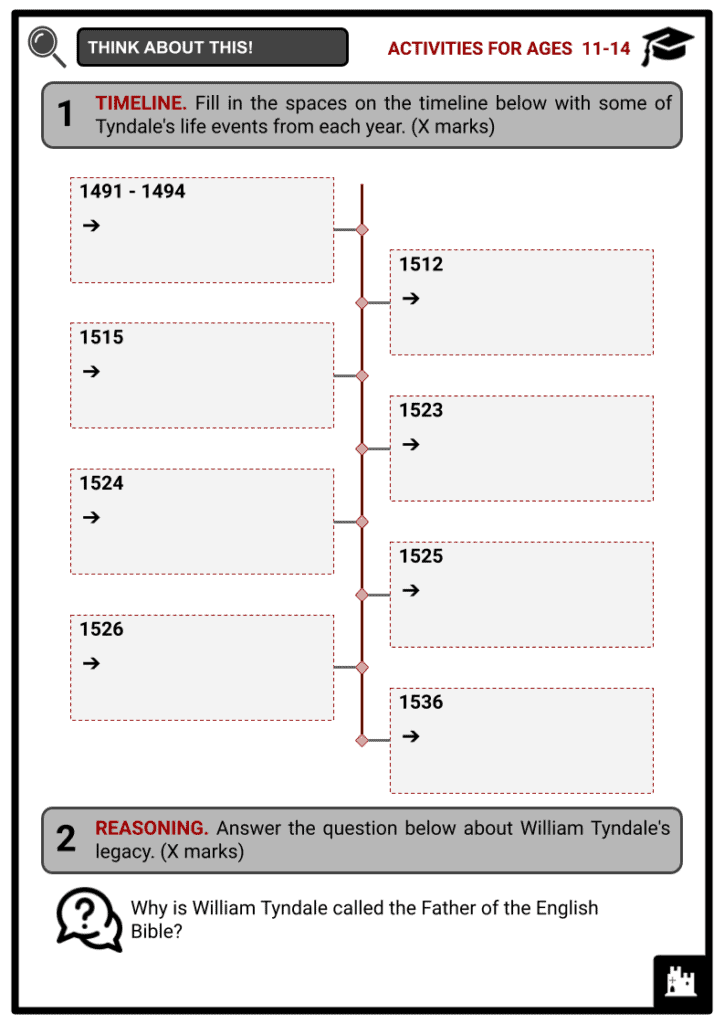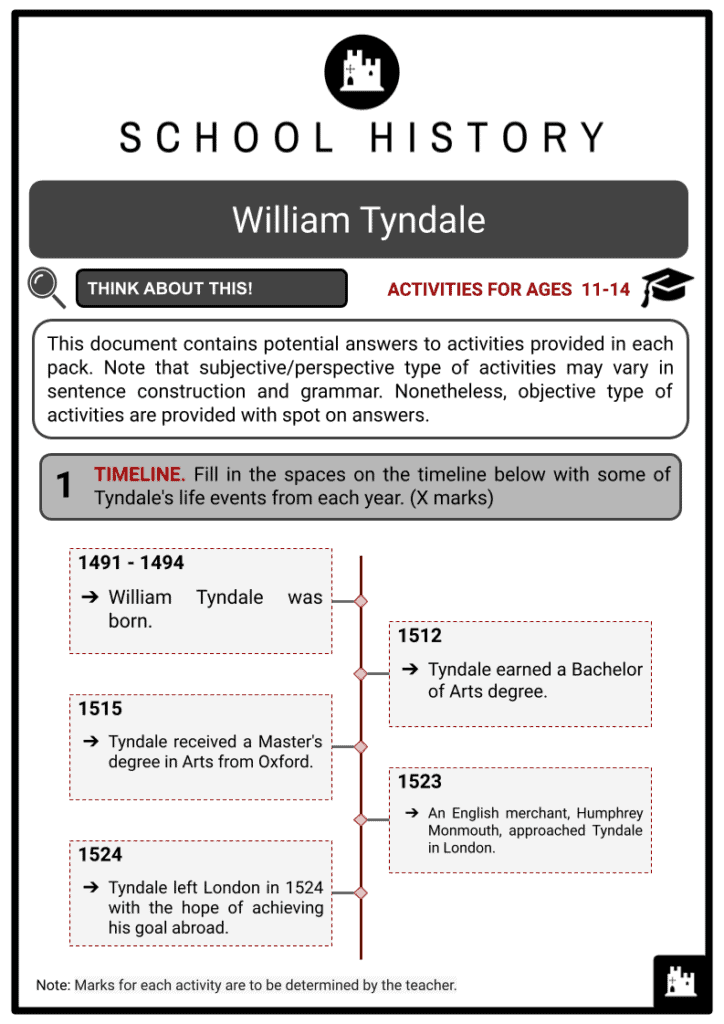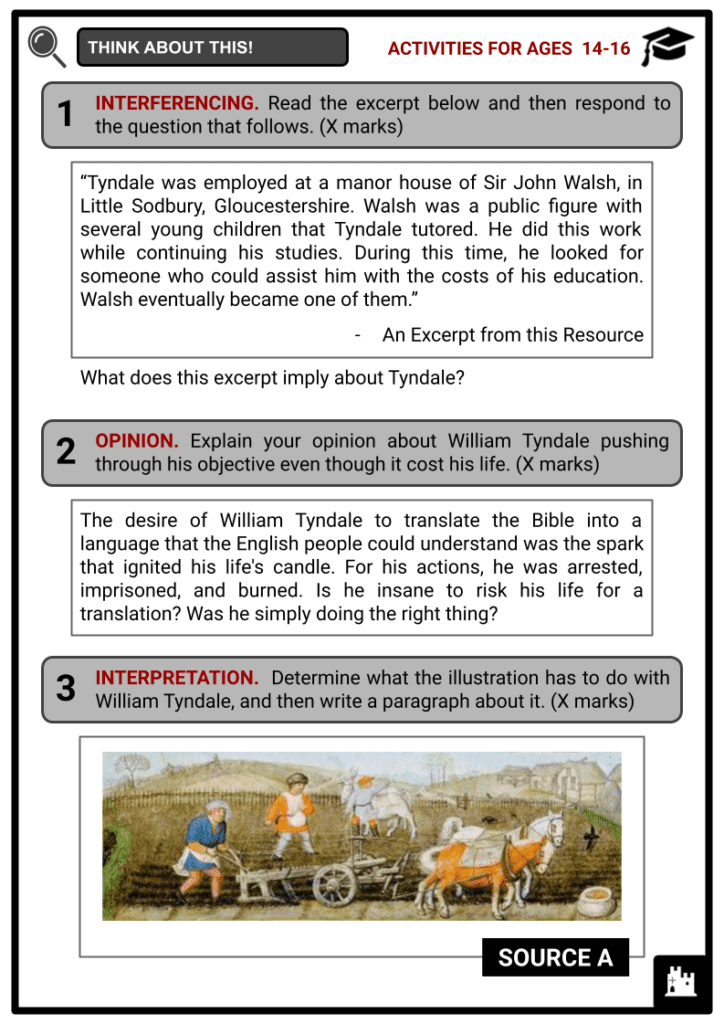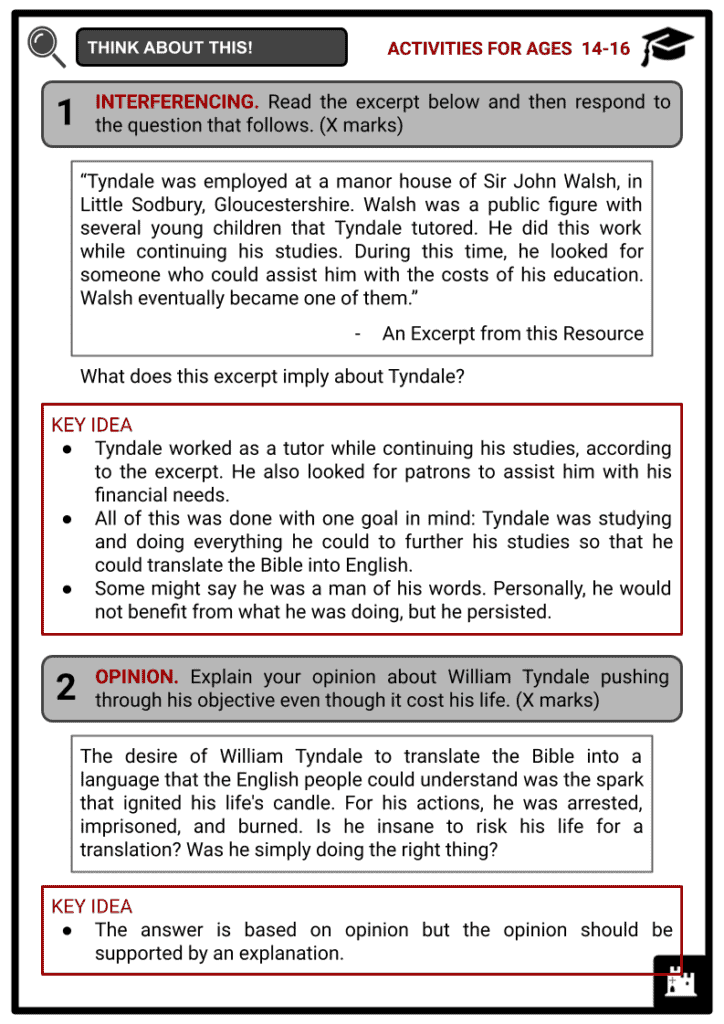William Tyndale Worksheets
Do you want to save dozens of hours in time? Get your evenings and weekends back? Be able to teach about William Tyndale to your students?
Our worksheet bundle includes a fact file and printable worksheets and student activities. Perfect for both the classroom and homeschooling!
Summary
- Early Life of William Tyndale
- Tyndale’s Vision
- Translations and Writings
- Death of the Father of English Bible
Key Facts And Information
Let’s find out more about William Tyndale!
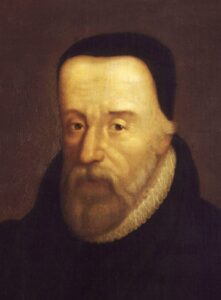
William Tyndale was dubbed the "Father of the English Bible." Tyndale's strong desire to translate the Bible into English resulted in ninety percent of King James and seventy-five percent of the Revised Standard Versions. His eagerness to translate the Bible into a language that the English people could understand had been the spark that ignited his life's candle. In other words, it was the cause of his unnatural death. His last words were, “Oh Lord, open the King of England's eyes.”
During the Middle Ages in England, monarchs and their advisers saw the church as a threat to their rule because they desired religious uniformity among the people.
Early Life of William Tyndale
- Many questions about William Tyndale's family history and early life remained unanswered. Most researchers who looked into Tyndale's background agreed that he had to be from Gloucestershire. One piece of evidence that they were holding on to is the village of Stinchcombe in Gloucestershire, where many people used the names Tyndale and Hychyns, which was thought to mean that his ancestors came from there. According to the University of Oxford, William used the name Hychyns when he was ordained to different orders of ministry.
- William Tyndale is thought to have been born between 1491 and 1494. He studied at Magdalen Hall, Oxford, which is now known as Hertford College, in the 1610s. According to the records, he earned a Bachelor of Arts degree in 1512, while he received a Master's degree in Arts from Oxford three years after. The next few years, on the other hand, are a mystery to historians.
- His ordination indicates that, if he was not offered a position, he was looking for one in London. There was a record of a William Tyndale becoming a chantry priest in Gloucestershire, and it was almost certainly him. According to the Bishop of Worcester, the said chantry priest in Gloucestershire died by 1523, which does not correspond with the death of this William Tyndale, but many people believe it was an error rather than two different Williams.
-
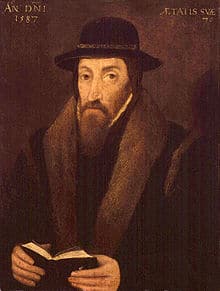
John Foxe (1516 or 17 - 1587) An English historian named John Foxe managed to get information on Tyndale's whereabouts from 1522 to 1524. According to his research, Tyndale was employed at a manor house of Sir John Walsh, in Little Sodbury, Gloucestershire. Walsh was a public figure with several young children that Tyndale tutored. He did this work while continuing his studies. During this time, he looked for someone who could assist him with the costs of his education. Walsh eventually became one of them. Tyndale was thought to have met Sir John through a known person in Gloucestershire named Edward.
Tyndale’s Vision
- Tyndale foresaw situations that would disturb the church's foundations in the coming years when he was ordained in 1515. During his time in Little Sodbury, new ideas about theology and worship spread throughout Europe and England, and the general public readily accepted them. Cardinal Wolsey held a ceremony at St. Paul's Cross in 1521 that included the burning of the writings of a German priest, Martin Luther. In the same year, Pope Leo X bestowed the title, ‘Defender of the Faith’, on the king in recognition of his writings against Luther
- It was unclear how Tyndale saw the vision of an English Bible. But it was certain that while he was at Little Sodbury, he believed that the scriptures needed to be translated into English and made available to the English people. During this time, the Bible was read in Latin, which was difficult for the average worshipper to understand.
- Tyndale was so focused on his goal that the rest of his life revolved around it. When he had a falling out with churchmen in Gloucestershire, he relocated to London. Cuthbert Tunstall took over Walsh's patronage, allowing Tyndale to proceed with the translation he was aiming for.
- An English merchant, Humphrey Monmouth, approached Tyndale in London in 1523, impressed by the way he preached. Monmouth provided Tyndale with a board and lodging house where he could continue his studies. Monmouth appeared to be second-guessing his decision to take Tyndale into his home.
- Tyndale hoped for more help so that he could continue his work towards making an English Bible. Tyndale left London in 1524 with the hope of achieving his goal abroad, and he did so with some financial assistance from Monmouth and other merchants.
Translations and Writings
- Tyndale did not stay in one place for the next ten years. He relocated to wherever his work required him to be, or where he felt safe. He made progress toward his goal. By 1525, he had finished translating the New Testament and travelled to Cologne to supervise its printing, which was risky because Cologne was a Catholic city. He collected the printed materials and brought them with him to Worms
- Worms mass-produced the first English New Testament in 1526. It was not the translation that was important, but the fact that the Bible was available to English people in a language they could understand.
- Tyndale had to learn Greek to translate from the original language. Tyndale made certain that his translations were simple to understand. Tyndale also wrote about his church criticisms, which aided his theological position. Tyndale had been referred to as a Lutheran since the 16th century due to the influence of Martin Luther's teachings on him.
- Intending to translate the entire Bible into English, he studied Hebrew to translate the Old Testament. Tyndale was no longer an obscure scholar when the New Testament arrived in England. He was concerned that the authorities would intervene. Indeed, his translation, like Luther's writings, was burned at St. Paul's Cross.
-
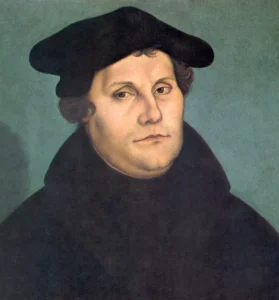
Martin Luther Some people tried to persuade him to return to England. Tyndale sought assurance from King Henry that the Bible would be allowed in English, fearing that the king would burn him. Tyndale knew it would be dangerous for him to return to England, so he stayed abroad.
- Men involved in his translation, as well as those who smuggled and distributed stolen copies, were burned at Smithfield.
- Even his old patron, Monmouth, was questioned about his support for Tyndale.
- Tyndale returned to Antwerp in late 1529. His English translation of the Old Testament was brought to England over the next few years.
Death of the Father of the English Bible
- William Tyndale still spent a few months of freedom from the judgement of the king. Tyndale stayed in Antwerp with an English merchant and his wife, Anna, during the summer of 1534. During the same season, Tyndale's former assistant, George Joye, edited a new edition that infuriated him. Before editing, the assistant did not consult with him. Tyndale thought Joye's changes were quite inaccurate. As a result, he set out to complete his revision. He went to the house of the English merchant, Thomas Poyntz, to finish the urgent revision in peace.
- In November 1534, the revised New Testament was published. A mysterious Henry Phillips appeared out of nowhere. Phillips enrolled at the University of Leuven in December 1534, a school known for attracting religiously conservative Englishmen. Tyndale was living in the house of the English merchant Poyntz at the time, where he brought Phillips. Tyndale may have had faith in Phillips, but Poyntz did not. Phillips headed Tyndale's arrest from the merchant's house in the spring of 1535. Despite the merchant's efforts to save Tyndale, the translator remained in that prison until the autumn of 1536, when he was taken out, strangled, and burned.

